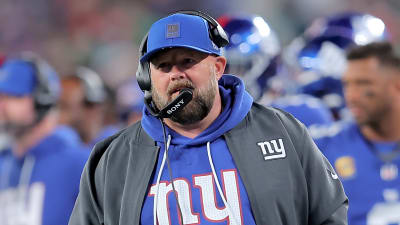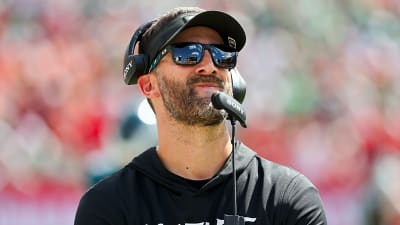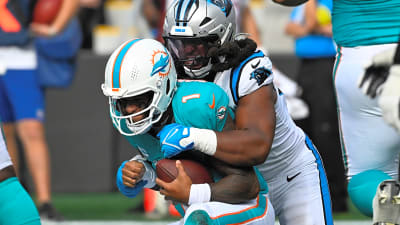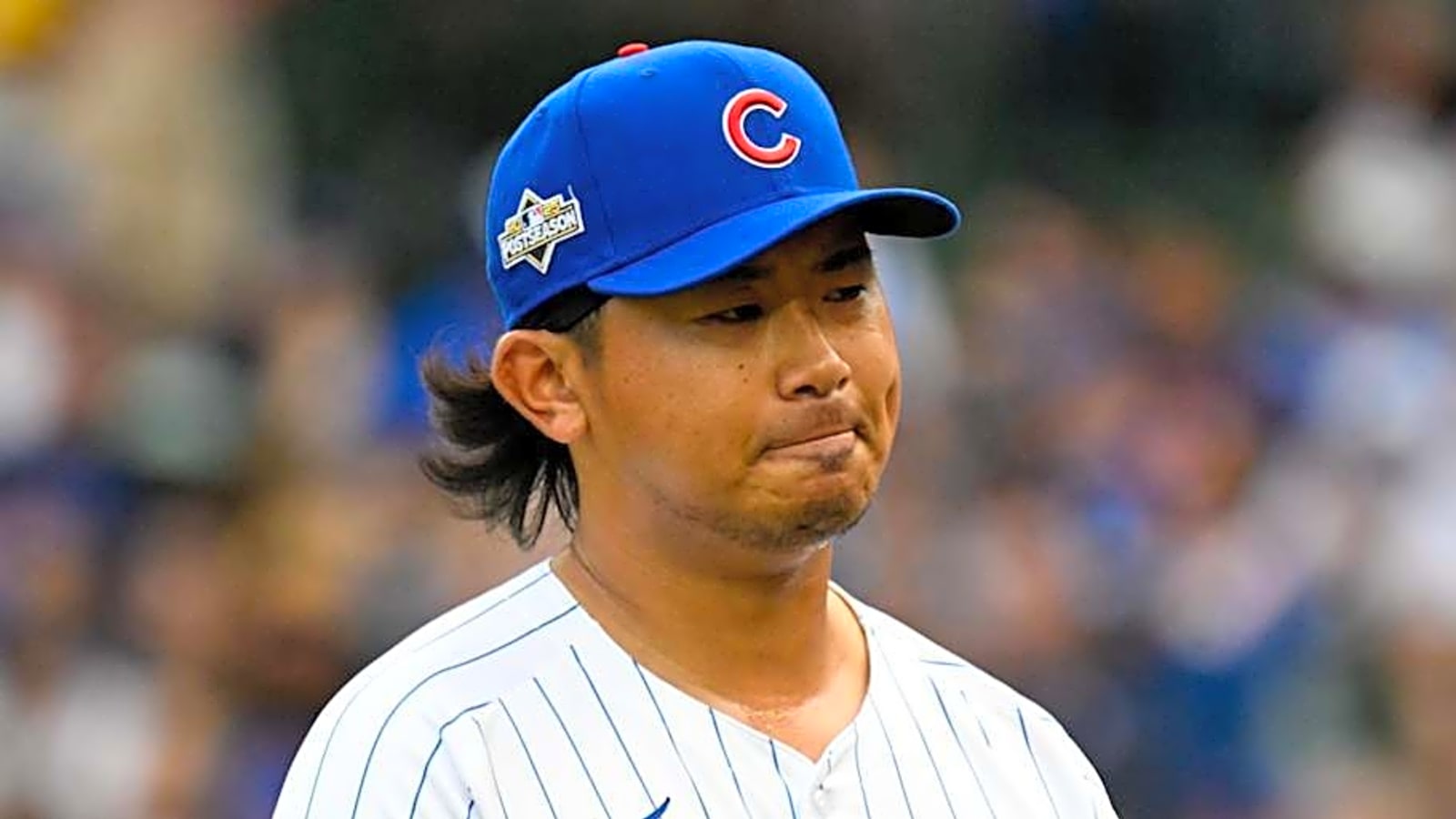
The Chicago Cubs’ offensive struggles have reached a concerning point in the postseason. Through five playoff games this year, they’ve failed to score more than three runs in any contest, continuing a stretch of low-scoring performances that date back several seasons.
The Cubs have now gone 13 straight postseason games with three or fewer runs, a streak that began after Game 5 of the 2017 NLDS.
While playoff pitching is notoriously difficult, the lack of offensive production has made it nearly impossible to support even quality starts from the rotation. Earlier in the Wild Card series, first-inning pitching struggles further highlighted how costly early offensive lapses can be.
Against top-tier playoff arms, the Cubs’ lineup has struggled to string together consecutive quality at-bats. Too many innings end quickly, and extended scoring droughts have kept the team from building momentum.
Kittredge, the Opener Blueprint & Bullpen Role
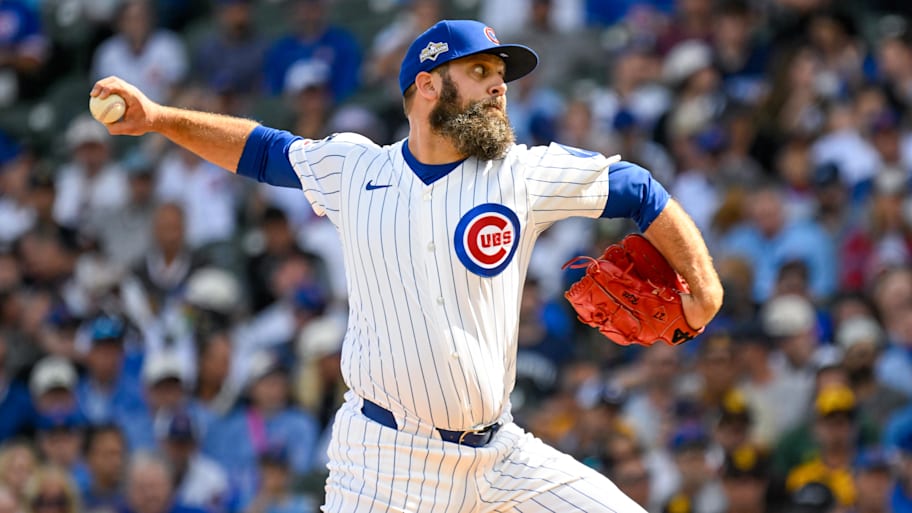
Andrew Kittredge was used as an opener earlier in the Wild Card series against the Padres, a tactic that allowed Shōta Imanaga to avoid the toughest part of that lineup early. That prior usage gives a template for how the Cubs might mix openers and multi-inning relievers depending on matchups in this series.
Counsell and pitching coach Tommy Hottovy have leaned on versatility from the bullpen, which is something that’s been both a strength and a necessity. The Cubs’ staff has tried to preserve leads through strategic sequencing, often asking relievers to stretch beyond their traditional roles.
Still, without early run support, even these tactical adjustments have limited effect. The bullpen can only cover so much ground when the lineup can’t manufacture runs or sustain pressure through the middle innings.
Why Offense + Rotation Problems Compound Each Other
If the lineup can’t put together multi-run innings, the margin for error for starters vanishes. Chicago’s rotation is capable on its best nights, but without runs the luxury of a lengthier leeway disappears, and the bullpen ends up in high-leverage work sooner and more often.
That combination, a sputtering offense and a rotation that’s been inconsistent, explains why Counsell and the coaching staff are juggling matchups and bullpen sequencing more than usual in a short series.
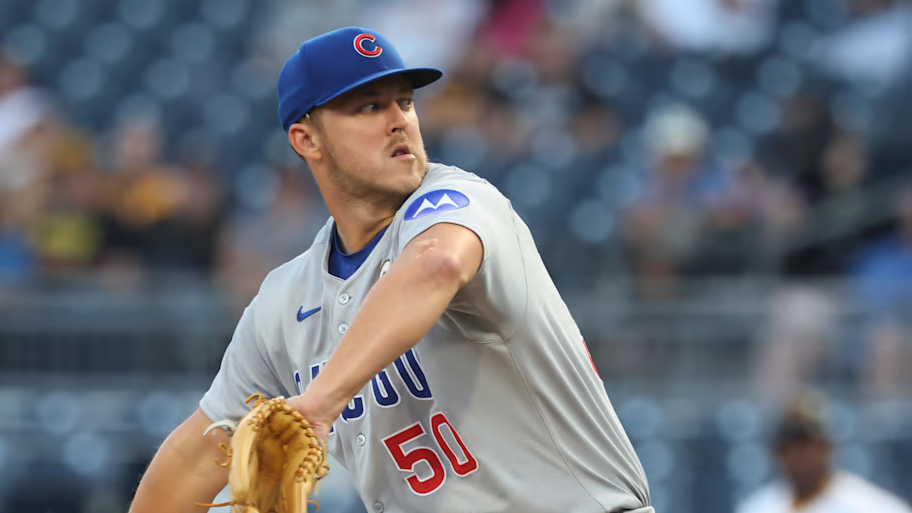
Veteran right-hander Jameson Taillon will take the mound for Game 3, marking his second postseason start of 2025. Taillon’s ability to command the strike zone early and work efficiently through the Brewers’ lineup could be crucial if the Cubs’ offense continues to falter. His playoff experience also offers some stability to a rotation that’s been searching for consistency, but without run support, even a quality start might not be enough to keep Chicago’s season alive.
As the series shifts to Wrigley, the Cubs need both immediate offense and clean starts. If Chicago can’t crack the lineup problem, starters and relievers will be asked to deliver near-perfect outings, and that’s a tall ask in October.
The Cubs have shown flashes of what they’re capable of all season, but playoff time magnifies every missed opportunity. Finding a way to translate those moments into sustained offense could be the difference between extending their run or watching it end too soon.
More must-reads:
- Cody Bellinger could leave Yankees with significant hole in lineup
- Injured Mariners All-Star expected to return for ALCS
- The 'MLB playoff debut strikeouts leaders' quiz
Breaking News
Trending News
Customize Your Newsletter
 +
+
Get the latest news and rumors, customized to your favorite sports and teams. Emailed daily. Always free!


